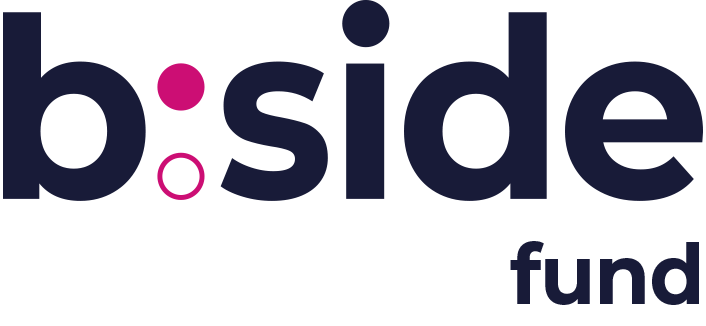Understanding Business Debt Service and Cash Flow
When borrowing money, lenders typically ask for your cash flow and debt service statements for your business. While these are closely related financial concepts, they are not the same. Here is the key difference between them:
Debt Service: Refers to the regular payments made by a business to repay their debt, typically in the form of interest and principal repayments on loans. Debt service includes two main components:
Interest Payments: This is the cost of borrowing money. Borrowers pay interest on the outstanding principal amount of the debt. The interest rate is typically specified in the loan agreement.
Principal Repayments: This represents the portion of the loan that is being paid back to the lender. Over time, as principal repayments are made, the outstanding debt decreases.
Debt service is a fixed obligation that a business or individual must meet regularly to fulfill their debt commitments. It's an important consideration when assessing the financial health of an entity, as a failure to meet debt service obligations can lead to default and potentially serious consequences.
Cash Flow: On the other hand, is a broader financial concept that represents the movement of cash into and out of a business or individual's finances. Cash flow can be categorized into two main types:
Operating Cash Flow: This represents the cash generated or used by a company's core operational activities. It includes revenue from sales, expenses, and taxes.
Financing and Investing Cash Flow: This includes cash flows related to financing activities (e.g., taking on debt, repayments) and investing activities (e.g., buying or selling assets, investments in other companies).
Cash flow is an indicator of an entity's ability to generate and manage cash, which is essential for sustaining its operations, investing in growth, and affording any debt it has borrowed. Positive cash flow is generally favorable, as it indicates that an entity is generating more cash than it is using.
Remember, when borrowing money the primary difference between these two concepts is that debt service specifically refers to the payments made to repay debt obligations, while cash flow encompasses all cash movements. This includes those related to debt service as well as other financial activities. A positive cash flow can help ensure an entity's ability to meet its debt service obligations and can guide you to a Successful Loan Application.
Want to receive more content like this?
Sign up for our small business updates.
